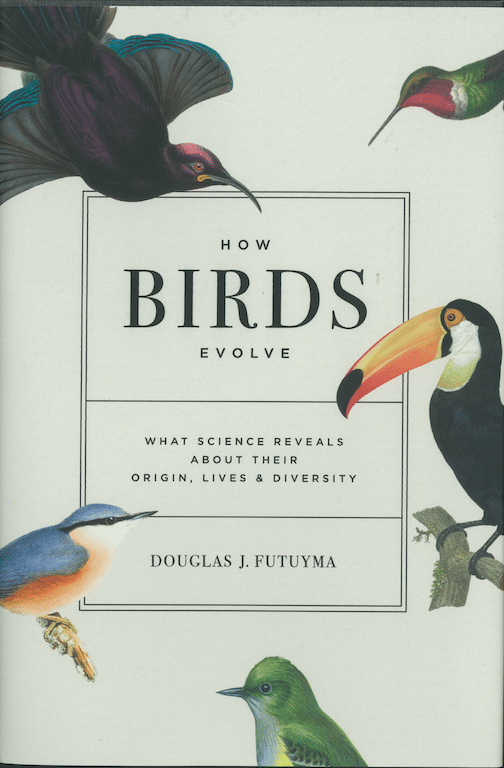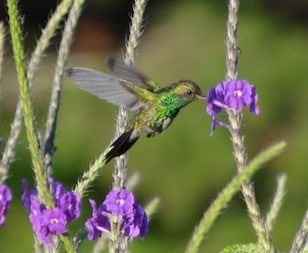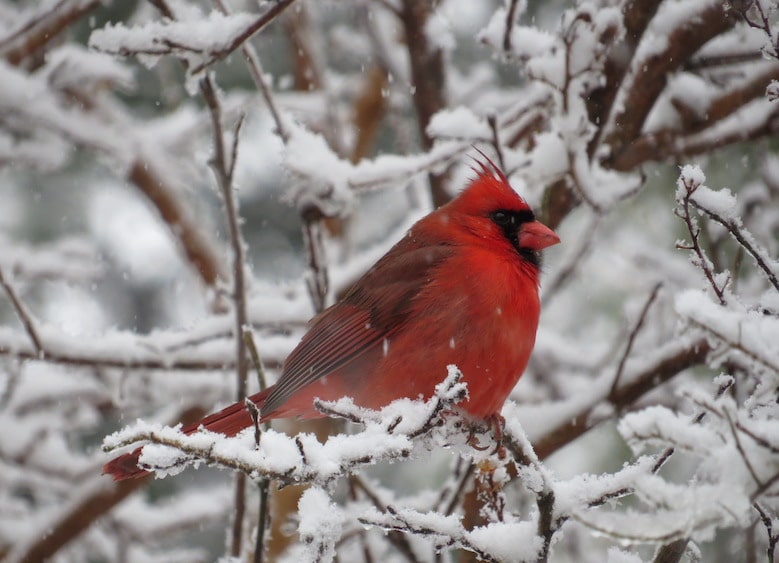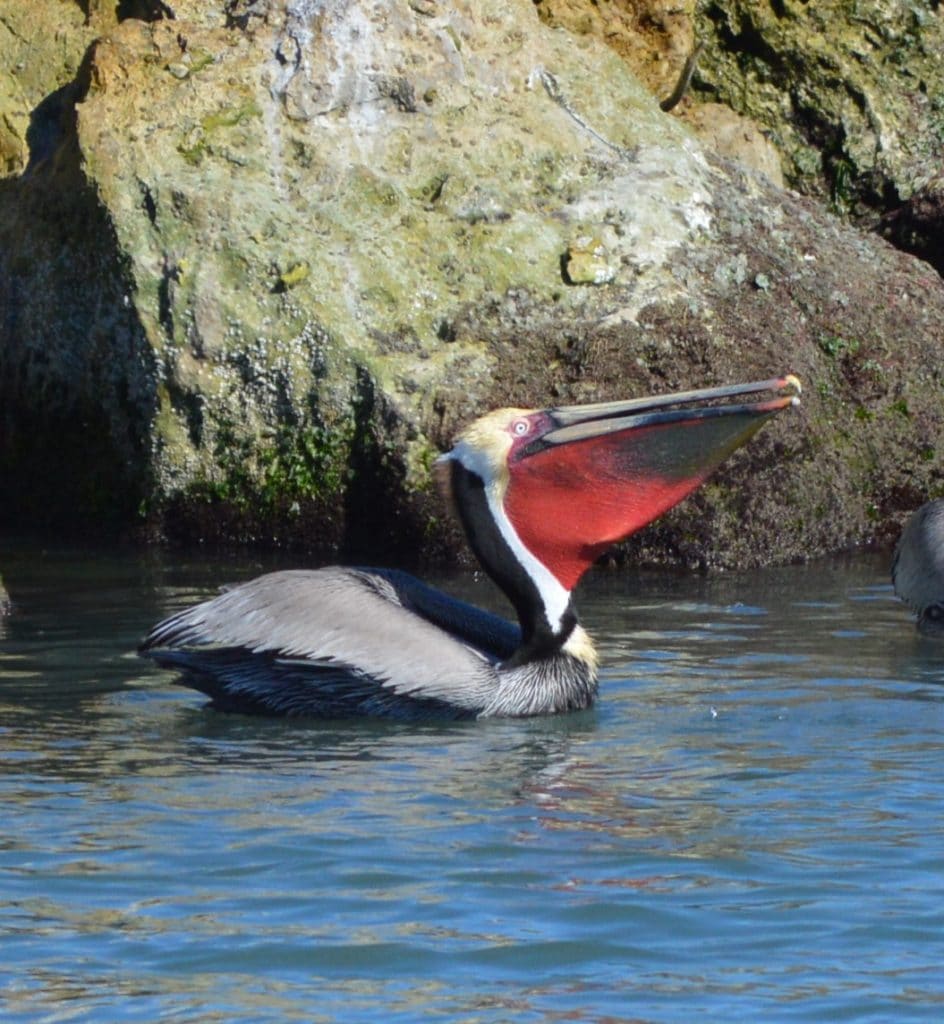 By Ann Bush
By Ann Bush
From the large, flightless South Island Takahe found in New Zealand to the small and dainty Speckled Mousebird in Africa, author and biologist Douglas J. Futuyma takes readers through the evolutionary history of birds in his Princeton University Press book How Birds Evolve: What Science Reveals About Their Origin, Lives & Diversity.
Once a casual bird watcher flooding bird guides with questions, Futuyma embarked on a journey resulting in his evolving into a serious expert on birds. Thousands of fellow bird watchers are at different levels of interest, involvement and personal goals in this interesting hobby. Many are perfectly happy to put birdseed in decorative feeders placed strategically in their backyard and watch the chickadees, doves and hummingbirds fly in and out. It really does not matter whether it’s a Black-capped Chickadee versus a Carolina Chickadee; a Mourning Dove versus a Rock Dove; or an Allen’s hummingbird versus a Green-breasted Mango hummingbird.

Green Breasted Mango Hummingbird Photo by Ann Bush
My love for birds began in the second grade when I looked intently at a sparrow sitting in a tree. The sparrow stared back. I knew the bird would fly away and I’d be left behind dreaming about the bird’s next destination and the trip I missed.
Today, I’d try to follow the sparrow. Indeed, I’ve seen 1,432 bird species through my binoculars. My goal is to see many more of the planet’s 10,000 bird species.
Watching birds is an emotional, aesthetic and rewarding experience for most people. However, there are many of us who want to know more. Futuyma agrees, pointing out, “the more I know, the more my appreciation is enhanced.” Thus, his journey began with the desire to research, analyze, and answer basic questions about birds.
According to Futuyma, most bird questions fall into two categories – why and how – each corresponding to two major kinds of biological research. “Why” questions are the province of evolutionary biology. “How” questions are based on a desire to understand how organisms function over a lifetime, sometimes spanning generations beginning with ancestral origins.
Futuyma starts by trying to answer one of the most important, and most common, questions – how did birds get here, and did they exist during the age of dinosaurs? In the 1990s, fossils were found in China of small dinosaurs with wings of plumage, from fuzzy bristles to fully articulated quills. Feathers, once thought unique to birds, are now believed to have evolved in dinosaurs long before “birds” developed.
One particular bird mentioned by Futuyma is the Hoatzin found only in South America. Hoatzin fossil records found in Europe prove the Hoatzin has changed very little during its evolutionary survival voyage from one continent to the other. The first time I saw this unique bird was on a boat creeping slowly into the Amazonian rainforest in Inirida, Colombia. Floating within six feet of this loud, squawking bird, it appeared we had crossed into a different time zone in Jurassic Park.
Futuyma digs deeper to unravel the mystery of how birds evolved from dinosaurs. Complete with graphs, bird family trees, charts, drawings and photographs, How Birds Evolve is an easy-to-follow guide for the non-scientific bird watcher.
Why do some birds, such as penguins or ostriches, not fly, while others, such as a tiny hummingbird, migrate almost 3,000 miles from Canada to Colombia without eating or sleeping? This is a common question on international bird watching trips, when we find hummingbirds wintering in South America and our guide tells us the bird breeds, lays its eggs and spends its summer in Maine!
Futuyma reflects on many research teams around the world who study bird migration, starting with ancient historical records such as cave drawings of birds to recent high tech leg bands placed on birds allowing computers to follow their journey. All agree the secret is in their genes called a Clock.
The Clock was first found in fruit flies but now is known to exist in mammals as well as birds. The gene variants drive the evolution of the bird’s body design – from small wings to larger wings that can withstand strong winds; enlarged breast to hold larger hearts and lungs to fly longer distances; and food preferences based on beak sizes forcing birds to follow warmer weather patterns that prolong the growth of available nuts, berries and flowers.

The male Northern Cardinal is a bright red color, perhaps because he has no domestic duties. Photo by Ann Bush
Futuyma adds an interesting section about how climate change has affected the migration of birds, and what can be expected in the future. Overall, Futuyma says “there is only a little evidence that birds are adapting to current climate change by evolutionary change.”
Then there are common questions that even children ask when they notice differences in their backyard birds. Why are males often colored differently than females?
Consider the Northern Cardinal. Males are a brilliant red While females wear dull brown feathers tinted with soft rose patterns. It’s all about survival. A female sits on eggs in a nest for many weeks. It is crucial she avoid predators, so her feathers blend with the environment, which is usually a thick tree or shaded eaves of a house.
Some species, such as the Brown Pelican, change color temporarily to impress females during the mating season. The male pelican’s large pouch turns cherry-red each Spring to prove he is, well, hot.

This Texas Brown Pelican takes on a ruddy glow when trying to attract a mate. Photo by Ann Bush
But why feathers? Futuyma delves into this clothing choice but admits the fiercely debated question eludes a conclusive answer. He compares drawings of feathers found in fossils with those on different birds today only to admit that evolutionary change is complex and the structural mystery of feathers probably will be solved by a future generation.
These and many more questions are explored in this delightful book about bird species found in every corner of the planet. The book is a perfect companion to the bird field guide enthusiasts carry to faraway places.
There are 35 species of sparrow in North America. Was the sparrow I saw on that long ago day a field sparrow, song sparrow or a white-crowned sparrow? I’ve identified 18 of the 35 sparrow species on birding expeditions but may never know the answer to that question. I do know, however, the excitement children feel when they begin exploring the beauty, diversity and mystery of birds.![]()
From her home base in Texas, Ann Bush stops for birds no matter where she is.Her last story for EWNS was on birdwatching in Cuba

